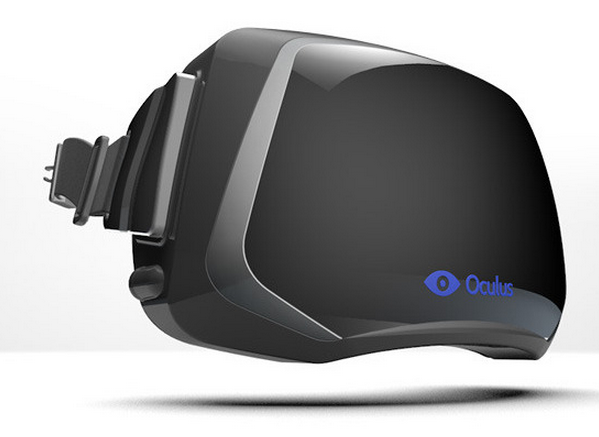
With the introduction of wearable Virtual Reality/Augmented Reality devices such as Oculus Rift and Google Glass, developers and designers will be able to create video game experiences that amplify suspension of disbelief.
Gaming is about to see its next major transformation. Augmented Reality games (AR games) will captivate audiences by gripping their imaginations from all angles and allowing totally new types of game play. Imagine live, hands-free crowd gaming or location-based adventures that put the player physically inside the story. All of this is to say that developers and players alike are about to encounter the most fundamental shift in gaming in the 21st century.
Augmented Reality games and suspension of disbelief
Achieving the suspension of disbelief required to transport players into fictional realities has always been a challenge for videogame software and hardware manufacturers. Graphics, control and multiplayer experiences have evolved but until now, videogames have been restricted by methods of play, such as controller-bound consoles or mouse-and-keyboard tethered hardware.
The introduction of devices such as Microsoft’s Kinect, Sony’s Move, and Nintendo’s Wii that depend on advanced wireless controllers with motion sensors and various other components have engaged players in a new way – but it’s nothing compared to what’s in store with Augmented Reality gaming.
Motion sensor gameplay was quickly adopted by gamers and praised for creating compelling gaming experiences. The same will happen with AR games. Before motion sensors became affordable enough to enter popular gaming, it wasn’t possible to do things like fire an arrow from a virtual bow by holding a controller steady. Similarly, AR gaming will provide developers with totally new ways of creating interactive experiences for players.
Immersive AR games put players “in the game”
In addition to breaking the reliance on traditional game controllers, wearable Augmented Reality devices will allow developers to design for a truly immersive field of view. Oculus Rift boasts a 140 degree field of view with stereoscopic support up to 1280×800, giving an HD quality “wrapper” around your eyes that brings the players that much closer to truly being in the game.
Wearable Virtual Reality / Augmented Reality gaming devices are also capable of detecting current ambient lighting conditions, temperature, distance and the rotation of the player in physical space. They also provide the ability to track multiple players simultaneously, delivering a true multiplayer experience.
The future of Augmented Reality games
While Augmented Reality games are still few and far between, porting popular game franchises to wearable game play is starting to happen. Major developers like Valve jumping on board to support the Oculus Rift headset with existing blockbuster game titles like Team Fortress 2 and Half-Life 2.
What’s next? Marketers and brands are already using Augmented Reality marketing and gamification to build engagement and loyalty with key audiences. Wearable AR will take that trend to a whole new level.
If you’re curious about the future of Virtual Reality / Augmented Reality games, follow us on Pinterest, Google+, LinkedIn, Twitter, Facebook and Instagram.
This post is the first in a series on the future of AR games by Vince Kilian, Marxent’s Augmented Reality Creative Director. Vince has a passion for game design and for creating immersive Augmented Reality experiences that help people to explore the world in new ways.












